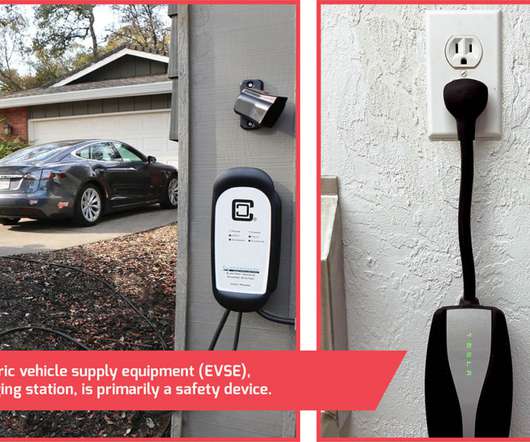Saft Confirms Location for Li-ion Battery Factory in Jacksonville, Florida
Green Car Congress
NOVEMBER 13, 2009
Following receipt of a $95 million grant from the US Department of Energy under the American Recovery and Reinvestment Act and successful negotiations between Saft, the state of Florida, and the city of Jacksonville, construction will soon begin in Jacksonville for a lithium-ion battery factory.













Let's personalize your content